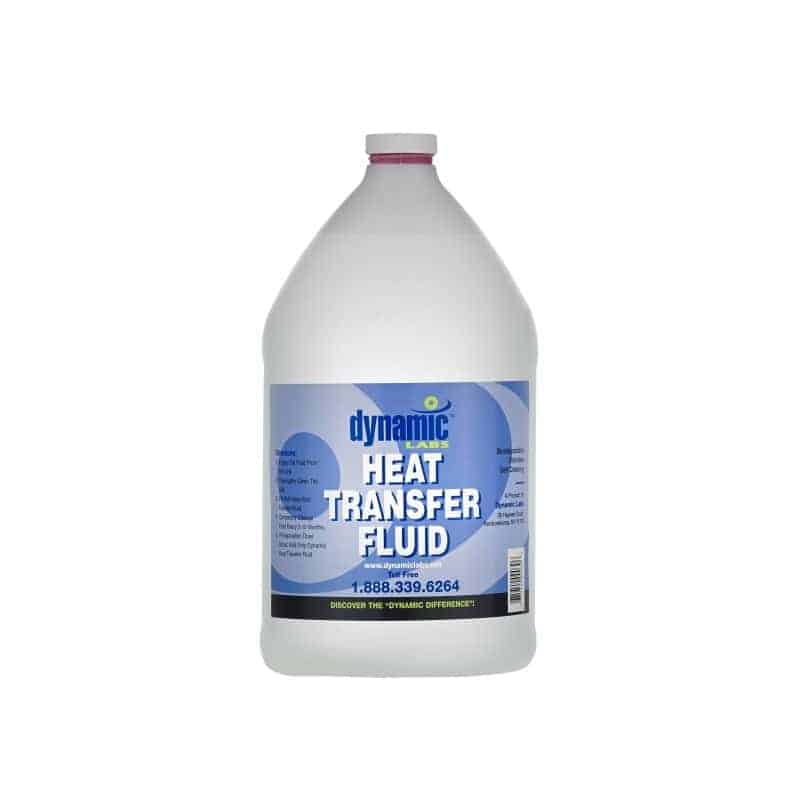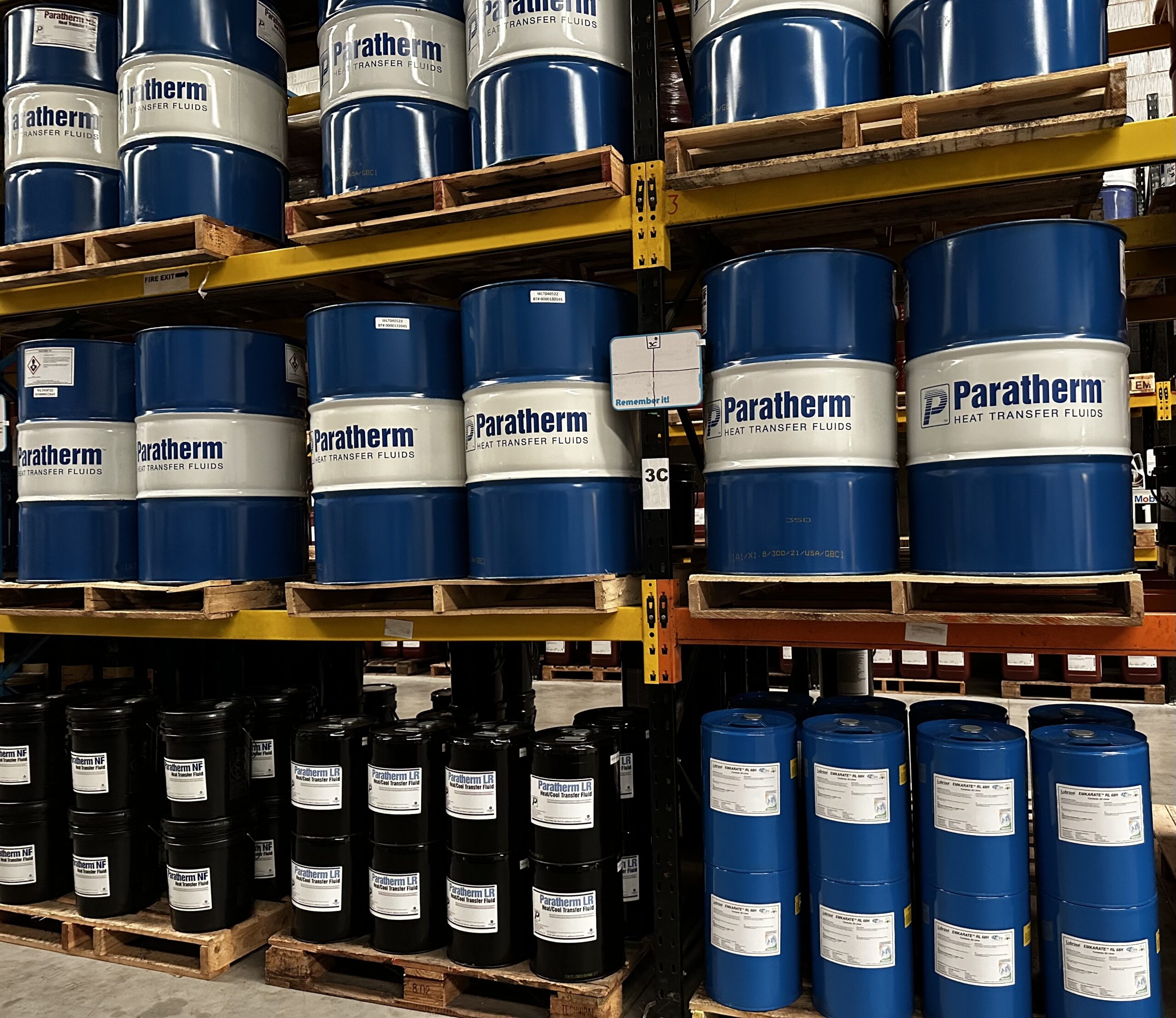How Warm Transfer Liquid Adds To Lasting and Affordable Procedures
In the modern commercial landscape, the duty of warmth transfer liquids (HTFs) in promoting lasting and cost-efficient operations can not be overstated. These fluids are crucial in optimizing thermal monitoring systems, therefore considerably improving power effectiveness and minimizing operational costs. heat transfer fluid. The ecological advantages of advanced HTFs, with their high thermal security and reduced poisoning, are indisputable.
Comprehending Heat Transfer Fluids
In the world of thermal administration, warmth transfer fluids (HTFs) act as necessary representatives for transferring thermal power from one place to another. These liquids play a critical role in numerous commercial applications, including chemical processing, power generation, and heating and cooling systems. HTFs are especially crafted to operate within a variety of temperatures, successfully facilitating the transfer of warmth while preserving a secure thermal profile. Their capacity to work under extreme problems-- whether high temperatures or cryogenic levels-- makes them crucial in environments requiring precise thermal control.
The structure of heat transfer liquids can vary considerably, consisting of alternatives such as mineral oils, artificial oils, glycols, and molten salts. Each kind offers unique benefits, such as improved thermal security, reduced viscosity, and high boiling factors, which are chosen based on details functional demands. Additionally, the choice of HTF effects not only the effectiveness of warm transfer however also the long life and safety and security of the system in which it is employed.
As sectors remain to innovate, the growth of advanced HTFs, defined by their enhanced thermal conductivity and decreased ecological influence, is vital for satisfying the needs of contemporary thermal management obstacles.

Enhancing Power Performance

Improving power effectiveness has come to be a vital problem across various sectors, prompting a more detailed exam of warmth transfer fluids' function in maximizing thermal management systems. These fluids are indispensable to keeping the wanted temperature level in procedures, therefore decreasing power waste and enhancing overall system effectiveness. By selecting a proper warmth transfer fluid, industries can significantly boost their energy efficiency, leading to reduced energy consumption.

Advanced solutions of warmth transfer liquids have been established to stand up to severe temperatures while keeping security and efficiency. Boosting power performance via optimal heat transfer liquid option is not only a technological requirement yet additionally an ecological critical.
Decreasing Functional Costs
Functional costs are a substantial factor to consider for sectors looking for to keep competitive benefit, and the selection of warm transfer liquid plays a critical duty in cost monitoring. Selecting an appropriate warmth transfer liquid can bring about substantial price savings by enhancing system effectiveness and reducing power intake. High-performance fluids lessen thermal degradation, which consequently minimizes the frequency of liquid replacement and downtime connected with maintenance, thus lowering operational expenses.
Furthermore, heat transfer liquids with premium thermal stability and deterioration resistance extend the lifespan of devices. This minimizes the requirement for constant fixings and replacements, which can be pricey and disruptive to procedures. By purchasing high-grade fluids, markets can attain long-lasting decreases in upkeep expenses and improve the integrity of their systems.
In addition, advanced warm transfer liquids typically show lower viscosity at operating temperature levels, which improves pump performance and minimizes energy use in fluid blood circulation. This optimization of power intake directly translates into lowered operational prices. Additionally, many contemporary warm transfer fluids are engineered to operate successfully over a vast temperature variety, minimizing the demand for numerous fluid kinds, thereby simplifying stock demands and minimizing linked costs. These variables jointly add to even more lasting and cost-effective procedures.
Environmental Effect Decrease
The press in the direction of reducing ecological influence has acquired energy in industries leveraging heat transfer liquids. Firms are click over here now significantly recognizing the value of minimizing environmental impacts by adopting sustainable techniques. Warmth transfer fluids (HTFs) play a vital function in this change, providing chances to improve power efficiency and minimize discharges. By selecting HTFs with high thermal security and reduced poisoning, sectors can make certain very little leak and degradation, hence minimizing damaging environmental launches.
Additionally, using advanced heat transfer fluids adds to better system performance, reducing the overall energy usage. This decrease not only causes price financial savings but additionally decreases carbon dioxide emissions, assisting in the fight against environment modification. Liquids that are eco-friendly and recyclable additionally improve sustainability efforts, as they reduce waste and promote circular economic climate methods.
Furthermore, integrating HTFs into closed-loop systems stops fluid loss and contamination of the surrounding atmosphere. This strategy ensures that liquids are reused, reducing the demand for brand-new sources and restricting waste generation. By accepting these ecologically aware methods, markets can dramatically decrease their ecological impact while maintaining high functional efficiency, straightening with international sustainability goals and regulatory demands.
Selecting the Right HTF
Picking the ideal heat transfer liquid (HTF) is a vital action in progressing ecological sustainability within industrial procedures. The selection of HTF directly influences system efficiency, energy intake, and environmental influence. A suitable HTF should have a high thermal capability, reduced viscosity, and high thermal conductivity to ensure efficient warm transfer. Additionally, its security over a wide temperature level range is vital to stop destruction, which can lead to raised emissions and waste.
This guarantees longevity and lowers upkeep prices. The liquid needs to be non-toxic and naturally degradable, decreasing its ecological impact and making sure conformity with environmental policies.
Verdict
